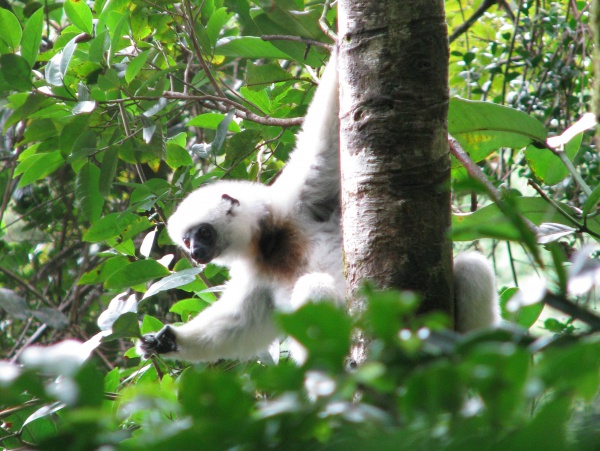Facts About Silky sifaka
The silky sifaka is an enchanting lemur characterized by its long, silky white fur, and it is found exclusively in northeastern Madagascar. As one of the world's rarest mammals and classified as critically endangered, it ranks among the 25 most endangered primates according to the IUCN. Initially believed to be a subspecies, studies conducted in 2004 and 2007 affirmed its status as a distinct species due to genetic and anatomical differences.
These lemurs inhabit small groups that range from two to nine members. Their days are spent feeding, resting, socializing, and traveling. Their diet primarily includes leaves, seeds, fruit, and occasionally, soil. Breeding occurs annually, and infant care is a communal effort, with members of all ages participating.
Most silky sifakas are found within the protected areas of Marojejy National Park and Anjanaharibe-Sud Special Reserve in northeastern Madagascar. Nonetheless, they face threats from habitat loss, hunting, and illegal logging. Conservation efforts are concentrated on habitat protection, public education, and the creation of wildlife corridors to ensure their survival.
These lemurs have a distinctive appearance, with unique fur coloration that allows for easy differentiation between males and females. They communicate using a range of vocalizations and rely heavily on scent-marking. Notably, they engage in distinctive behaviors, such as chest marking and territorial scent-marking.
The critical status of the silky sifaka underscores the urgent need for conservation measures to protect this rare and endangered species.
